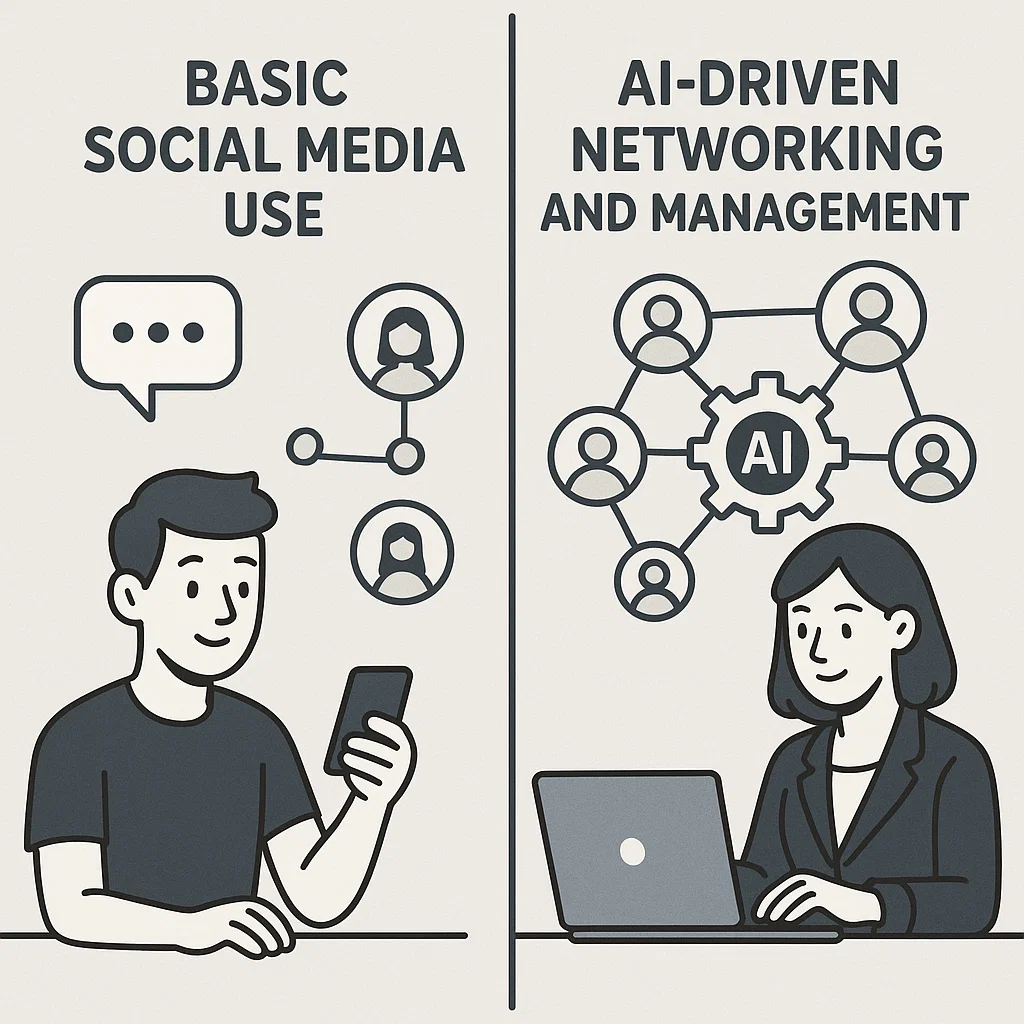- +91 9409789822
- webdigitalwaves@gmail.com
- Vadodara, Gujarat, India

You’ve probably experienced this before: You search for “running shoes” on Google, then open Instagram only to find reels and ads about sports gear waiting for you. It feels almost spooky, right? But it’s not magic—it’s cross-device tracking and a mix of advanced ad tracking technologies.
These systems connect your Google searches with your Instagram feed by combining cookies, tracking pixels, shared ad networks, and even device linking. Let’s explore exactly how Instagram seems to “know” what you were just searching for.
With cookies, advertisers used to monitor users on a single device. However, the issue arose as users began using several devices and applications, such as Google on laptops and Instagram on smartphones:
How can marketers identify the same user across different devices and platforms?
The solution is a combination of device linking, ad networks, cookies, and cross-site tracking. Instagram and other platforms are able to customize your feed using these technologies according to your Google searches.
1. Cookies & Tracking Pixels
Whenever you search on Google and click on a website, tiny bits of code—cookies or Facebook Pixels—track your activity. These trackers record:
Eg: When you open any website, you may be asked about cookies. There are options like Yes and Customized Cookies.
This data is then sent back to ad platforms like Google Ads or Meta Ads, which later influence your Instagram content.
2. Cross-App & Cross-Site Tracking
Your online journey doesn’t stay on one site. Advertisers use cross-site tracking to follow your behavior as you move from Google to blogs, e-commerce sites, and apps.
For example:
This cross-app tracking ensures your behavior in one app (Google) impacts what you see in another app (Instagram).
3. Ad Networks Data Sharing
Ad networks like Google Ads and Meta Ads act as middlemen. They allow businesses to run campaigns across multiple platforms.
Here’s how it works:
This data sharing between ad networks creates a seamless link between your Google activity and your Instagram feed.
4. Device & Account Linking
Even if you clear cookies, advertisers still have ways to connect your activity through device IDs and account logins:
This device and account linking ensures Instagram can personalize your feed with surprising accuracy.
This isn’t coincidence—it’s a direct outcome of cross-device tracking technologies.
(Image suggestion: Bar chart comparing generic ads vs targeted ads conversion rates.)
The future of tracking is changing due to stricter privacy laws such as Apple’s App Tracking Transparency and the GDPR.Companies are moving toward:
Instagram will likely keep balancing personalization with user privacy as ad technology evolves.
The reason your Google searches seem to follow you into your Instagram feed lies in four core technologies:
These systems work together to form the backbone of cross-device tracking, allowing Instagram to provide a customized and highly targeted experience.
Understanding how this operates allows you to make wiser decisions about your privacy settings as a user and about your advertising strategy as a marketer.